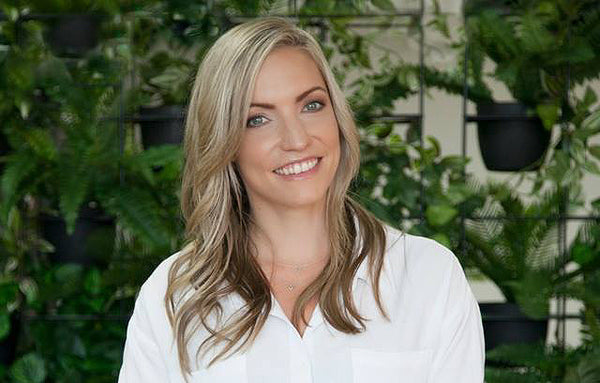Hi everyone,
It’s a bit of a quiet week for us. We’re away on our break but wanted to check in and do a little review of the last week. There are some great events coming up on our calendar and we’re excited to share them with you.
We love all your questions and we certainly want to help you with as many as we can. We’ve got a new Q&A segment coming up soon – stay tuned! In the meantime, make sure to post your Q&A’s on our Instagram and Facebook posts. You can tag them with #KULTUREDWELLNESSQA.
Here’s what happened over the past week!
I had a HUGE day at the Achper Health and PE conference. I learnt so many great things last week, especially in the area of teaching personal and social responsibility which is such a big part of my philosophy in life. The best bit about a PE conference you get to apply your learnings to playing games all day. My basketball shots were pretty rusty. Eeekkkkk!!

Wellness Profiles
Last week on the Wellness Profiles we featured Steph Lowe, The Natural Nutritionist.

We’re pleased to welcome over to the blog this week The Natural Nutritionist, Steph Lowe. It’s been wonderful to be a guest on The Wellness Couch with Steph and discuss all things health related. Steph has a brilliant approach to wellness and we love her motto Just Eat Real Food“ or JERF. Read more about it in the blog post!
Q&A
Q – Will every batch of kefir or yoghurt be the same?
A – Our cultures are shipped as a living food, which means that the powerful bacteria in them are active and ready to go to work without the need for activating or any temperature control. In warmer weather, fermenting will happen much more quickly and it is important to start tasting your ferments at 8 hours (for yoghurt) and 24 hours (for kefir). As you keep fermenting, you will learn how your cultures work at different temperatures, so have fun experimenting with your living foods!
Q – How do I get my kids to start eating fermented foods?
A – We recommend experimenting with some of your kids’ favourite foods as a way to introduce ferments into their diet. You can try flavouring the yoghurt and kefir with their favourite fruits. Try fermenting fruit and vegetables in bite-sized pieces. Ice blocks and jellies are also a great option and you can mix ingredients together such as avocado, coconut oil, berries in kefir or yoghurt and put them in ice block moulds.
If the taste of the kefir is too tart for your kids initially, you can try using a shorter kefir ferment initially (24 hours instead of the full 48 hours), keeping in mind that there will be more sugar from the coconut water in the final product.
Q – What does kefir taste like?
A – Kefir has a tart, effervescent taste. The fermented coconut water is quite mild and can be easily flavoured with fruits such as berries, kiwi or spices such as cinnamon.
Kirsty’s Learnings
Great post by Mind Body Green on 9 Lifestyle Changes I Always Recommend To Patients With Autoimmune Diseases
Upcoming Events
We are so excited to be teaming up with the crew at 21 Junk Street in Yankalilla. We will be talking about all things Gut Heath related. You have heard about gut health and how important it is but now the question is how do you apply it to your daily life? This is your time to ask!
Learn more about the event at the Facebook event, click here for details.
Are you heading to the Mindd Forum? We are!!
It’s on from May 20-22 in Sydney! More details at the website here.
Whether you are a parent managing your child’s chronic condition or an adult wanting to prevent or treat arthritis, dementia, diabetes or heart disease, the Mindd Forum offers solutions for you.
Thought for the week
We can change the course of our lives by making sure that the right genes are functioning and well nourished. And therein lies our greatest power for change.
Be healthy, be well!
Kirsty




